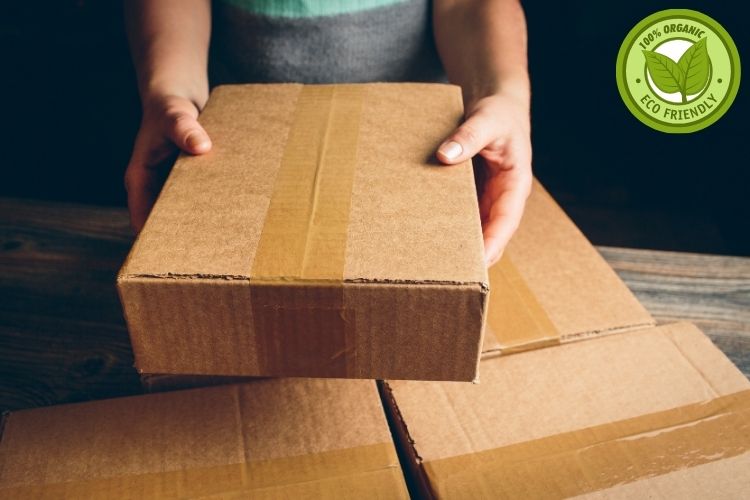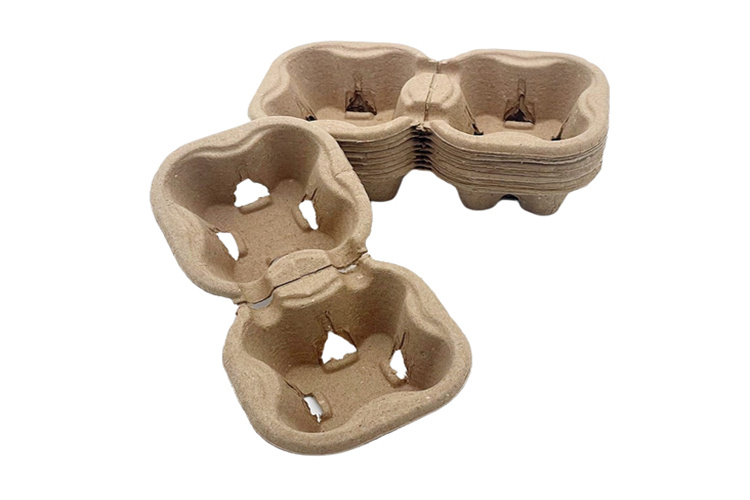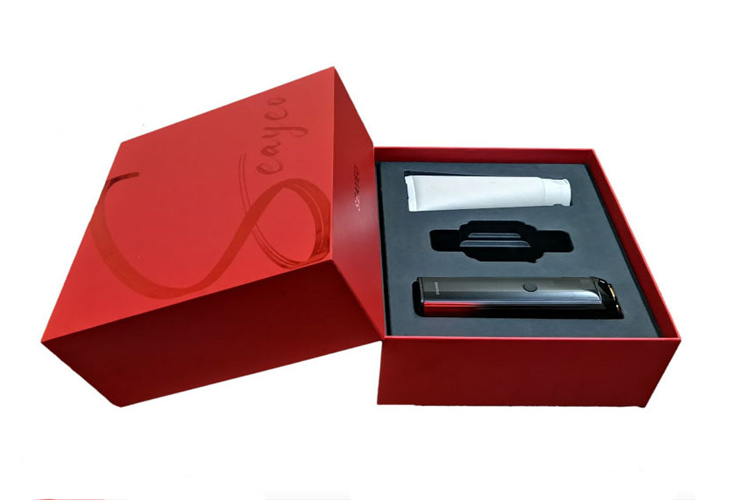Plastic pollution is increasingly getting worse all around the world. We see pictures of plastic islands in the sea or mountains of garbage in deserted garbage dumps, churning out all kinds of diseases and equally harming both animals and humans. In light of this, many people, organizations, retailers, and wholesalers are looking for more sustainable alternatives that do not pollute but, in fact, give back to the earth in some way.
The same is the case with the packaging industry. Packaging companies have been increasingly switching from regular to more environmentally friendly solutions. This has seemed to work well because a large number of consumers who are already aware of the disastrous consequences of non-biodegradable materials are hyped about using eco-friendly packaging.
Firstly, let us look at what eco-friendly packaging actually is and what its advantages are.
Eco-friendly packaging is essentially any sort of packaging that can be easily recycled, safe for animals and humans to be in contact with, and made from recycled products. A good example of this is a pulp molded tray. This kind of tray incorporates all kinds of food and accessories into a mesh made out of pulp extracted from recycled paper, cardboard, amongst other material.
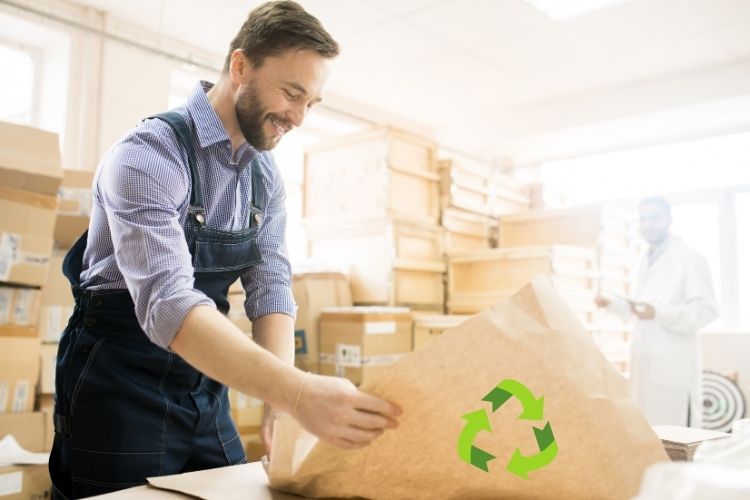
These kinds of packaging help promote renewable resources, reduce packaging quantities, cut packaging costs, eliminate the use of toxic materials for packing, and allow for older material to be easily recycled.
Why Use Eco-Friendly Packaging?
As mentioned earlier, single-use plastic effects are catastrophic and do not end or even begin with wastage treatment. Most customers are only aware of the process that happens at the end, but the truth is that serious harm is potentially caused at every stage of production, from being a raw material to transportation, manufacturing, and disposal.
A study done in Australia found that each resident consumed approximately 130 kg of plastic annually. Moreover, it was calculated that about 130,000 metric tonnes of it end up in water bodies such as lakes, rivers, and the ocean. If action is not taken soon enough, it will contaminate our food chain, causing food resources to become depleted.
Therefore, switching to eco-friendly packaging seems like a feasible solution to cut back on polluting our planet and endangering its inhabitants. And for this, the packaging industry and businesses have a major role in allowing environmentally friendly packaging to be part of the mainstream and, eventually, exponentially reduce if not eliminate plastic use.
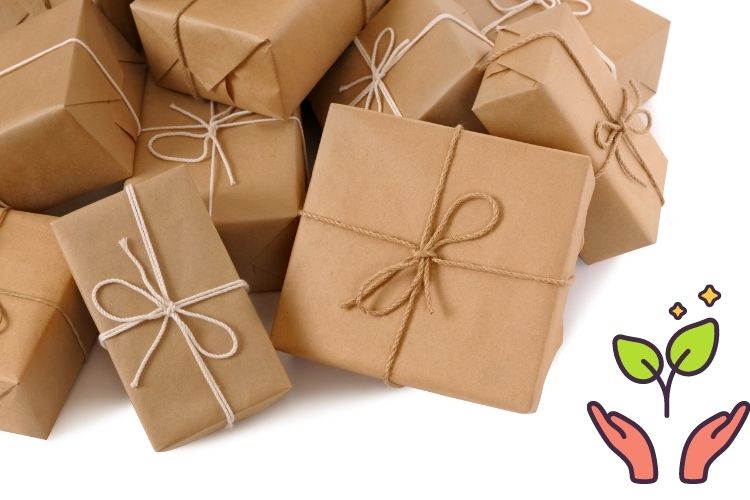
Below are some of the reasons why using eco-friendly packaging can benefit our planet collectively:
- It is safe and healthy for everyone to use throughout its life and decomposition process.
- It is manufactured from healthy and harmless materials.
- Renewable energy is employed for its manufacturing and transportation.
- They fully meet performance and cost criteria.
- Materials and energy are fully optimized.
- Clean production technologies are employed, and ethical practices are conducted, so no humans or animals are harmed in testing procedures.
- Eco-friendly packaging is utilized and recovered in biological closed-loop cycles.
Using an eco mindset and taking it on to designing packaging materials has proved to be very lucrative for individual brands too. According to a study, it can enable brand owners to increase sales up to 4 percent. As the number of conscious customers continues to grow, they appreciate brands that embody a vision to save the environment and return to the planet.
Also Read: Why Switch To Molded Pulp For Your Packaging?
Which Packaging Materials To Use
Numerous materials are used for environmentally-friendly purposes. Below are the most common ones that are also abundantly available.
- Paper: A great packaging option, paper is entirely usable, biodegradable, recycle, and complete all-purpose material. Fortunately, most paper packaging uses recycled paper, and there are proper outlets assigned to handing overused paper.
- Cardboard: Because of its sturdy nature and form, cardboard makes up for a very durable packaging option. Additionally, non-laminated cardboard decomposes very easily.
- Corn starch: Most people are surprised to find that packing peanuts are using corn and other plant starch. This type of packaging can easily be used to replace plastic bubble wrap. Packing peanuts are also fully biodegradable.
- Bagasse: Bagasse is made from sugarcane remnants such as pulp and fiber and can be used to replace food packaging.
Kinds Of Eco-Friendly Packaging
- Corrugated cardboard: This acts as cushioning material and is placed inside the packaging to stop fragile items from breaking. It is made in a way that absorbs shock the same way bubble wrap does and therefore is a good alternative to it.
- Air pillows: Alternative to styrofoam, inflated air pillows reduce plastic sizes by using air as a cushion instead of soft foam. Moreover, they can be reused as many times as one can by just taking the air out and putting it back in.
- Cornstarch packaging: Made from entirely organic materials, this packaging contains plastic-like properties and can replace the use of plastic bottles, wraps, and another loose-fitting packaging.
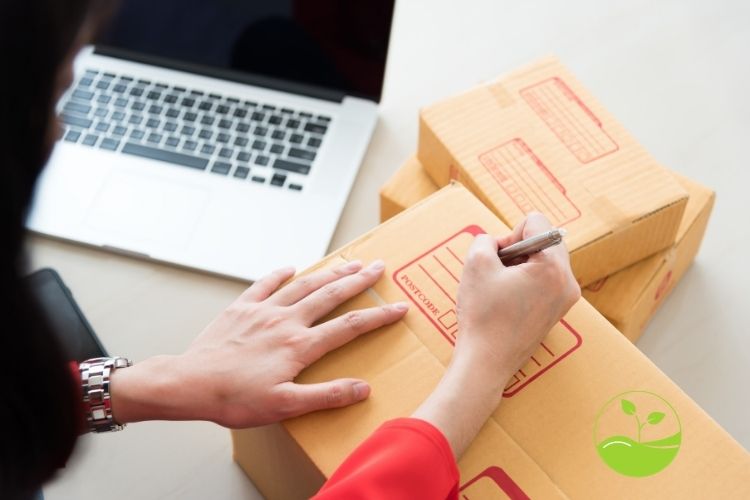
Moulded Pulp Packaging
Let us now talk about a form of packaging that uses all 4 of the materials above to form a new product of its own. Molded pulp packaging is a new packing trend on the rise and is being employed by many industries such as raw food, processed food, farming, and others. Molded pulp packaging comes in the form of clamshell containers, bowls, plates, end caps, beverage holders, and trays.
The packaging itself is made up of molded fiber inserts that are extracted from paperboard or old newspapers. Other materials are also incorporated in it, including wheat straw, bamboo, and sugarcane. These are added for durability, texture, strength and give the packaging a very nice earthy color.
Molded pulp inserts are easily recycled after they have been fully used and discarded. So pulp packaging can be made into pulp again and molded into new packaging. So every time you use a pulp tray, you can think about where it previously has been and what things it has held!
One company that is molded pulp tray manufacturers is www.bonitopak.com. Made from 100% biodegradable & compostable material, sugarcane fiber, their packaging is one of a kind and rapidly increasing in popularity. So, go on down to their website and witness the magic of making this planet a better place for yourself!

